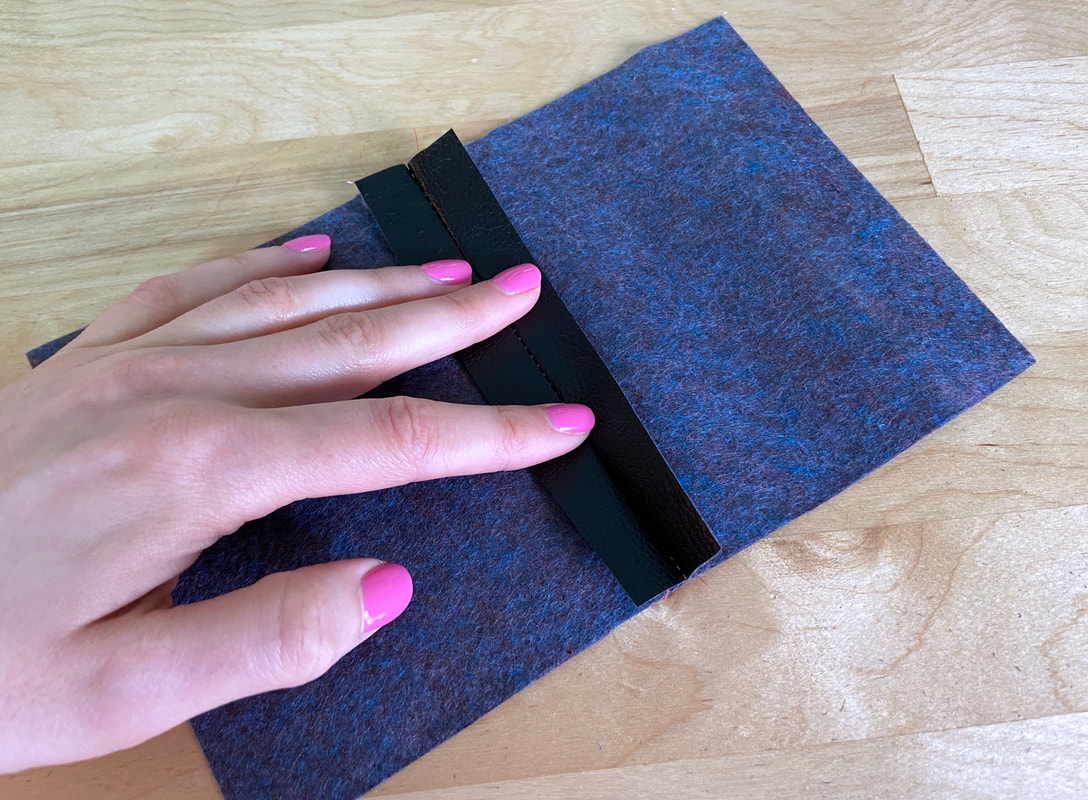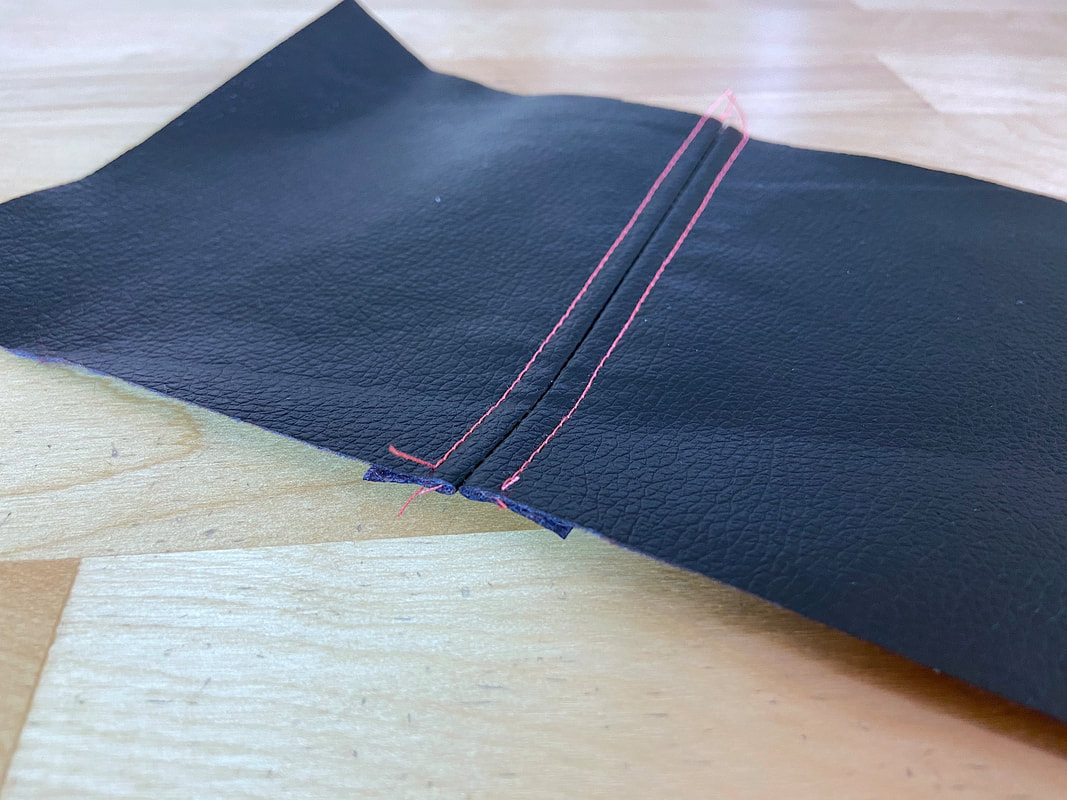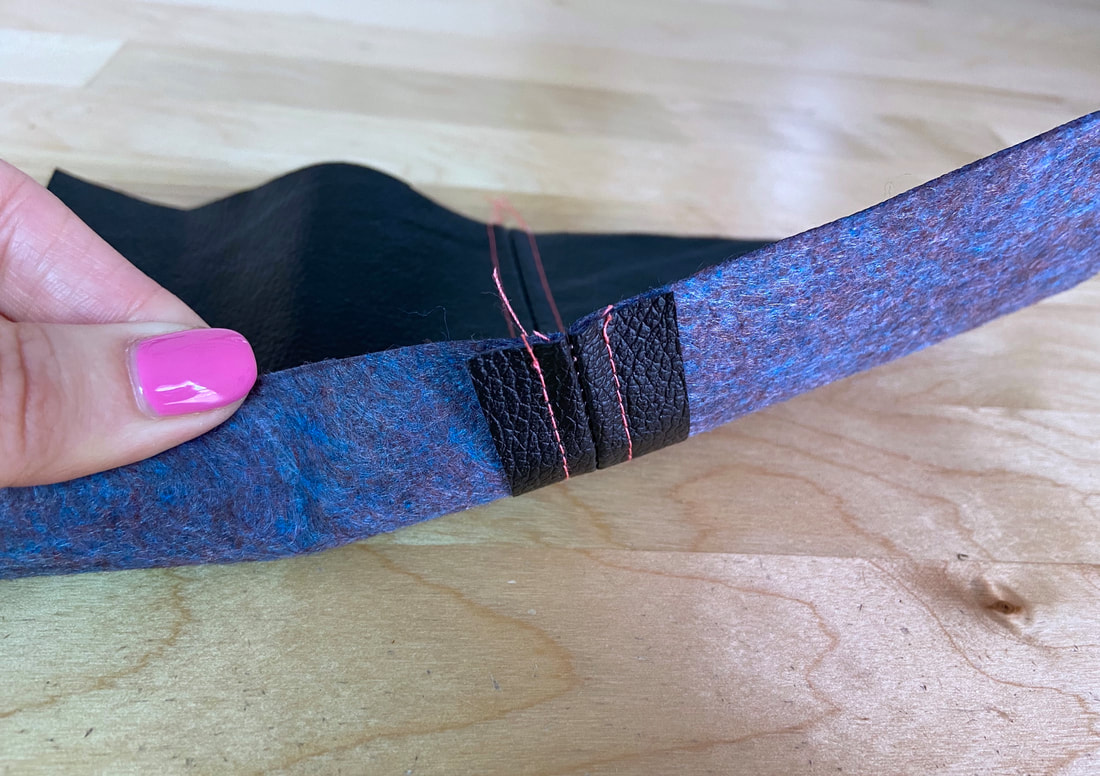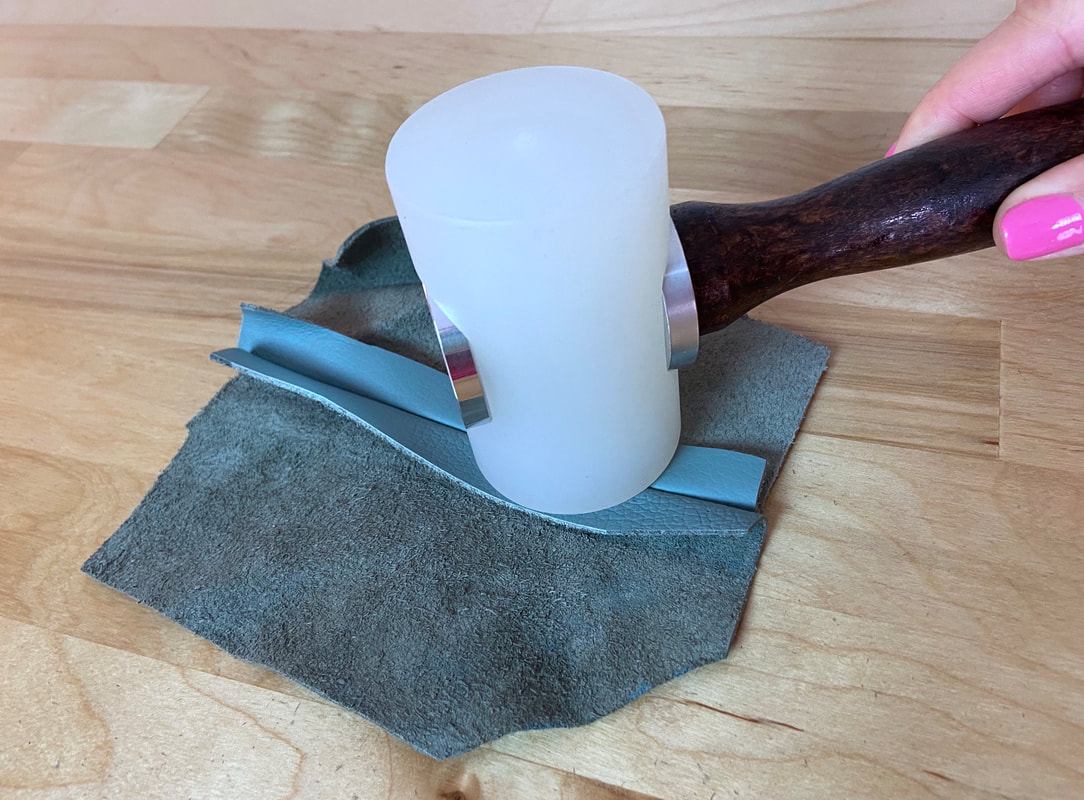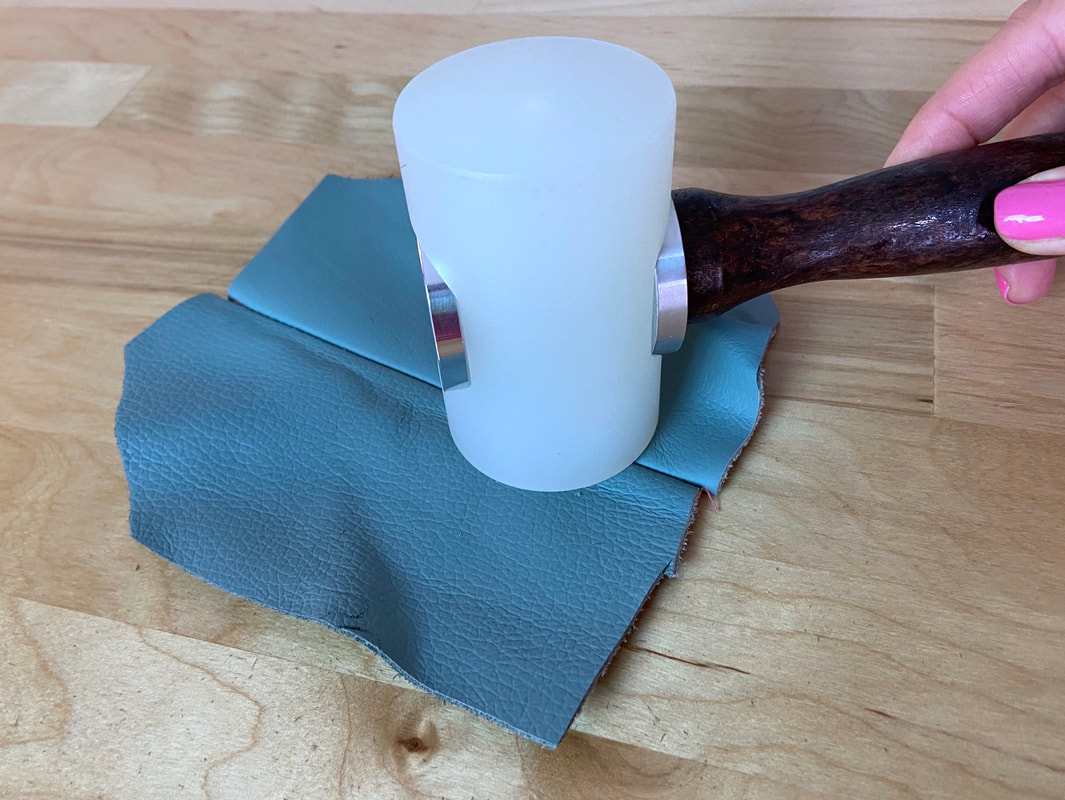Three Ways To Flatten Leather Seams And Their Corresponding Seam Allowance Layers
Leather seams cannot be ironed as you would with most conventional fabrics. Needles to say, if they are not flattened once stitched, they will not only lay incorrectly but also add lots of bulk and discomfort in the finished garment/application.
If ironing is not an option, below are three ways to treat a leather seam. The choice should be made based on type of leather, desired finish, and how responsive the leather is to each of these individual techniques.
If ironing is not an option, below are three ways to treat a leather seam. The choice should be made based on type of leather, desired finish, and how responsive the leather is to each of these individual techniques.
For leather fabrics that are highly responsive to creasing, simply thumb-pressing the seam allowance layers may be enough to keep them permanently flat. For this technique, simply apply pressure with your hand to crease the seam allowance flush against the garment surface.
Topstitching is perhaps the most widely-used and effective technique for keeping leather seams flat throughout the garment's lifespan. Keep in mind that, with this method, the seam will have visible topstitching on each side of the seamline. That being said, a topstitched finish is just as much decorative as it is functional.
After thumb-pressing the seam allowance layers down, the seam is then topstitched from its face side catching the seam allowance layers underneath.
Hammering the seam and its corresponding seam allowance flat is another common technique used with leather. Similar to thumb-pressing (described above) some leathers are more responsive to hammering than others.
Genuine leather responds better to this method especially when used in combination with a specialized leather adhesive. If you find that hammering alone does not permanently flatten the seam allowance edges, add a little leather glue between the seam allowance and garment layer and apply pressure (as instructed by your adhesive) to secure.
A leather mallet works best for this task; however, any mallet that has a smooth edge will work.
Genuine leather responds better to this method especially when used in combination with a specialized leather adhesive. If you find that hammering alone does not permanently flatten the seam allowance edges, add a little leather glue between the seam allowance and garment layer and apply pressure (as instructed by your adhesive) to secure.
A leather mallet works best for this task; however, any mallet that has a smooth edge will work.
To achieve a well-defined, flat seamline, it helps to also hammer from the face side of the seam. This will further crease the seam folds creating a smooth line.

